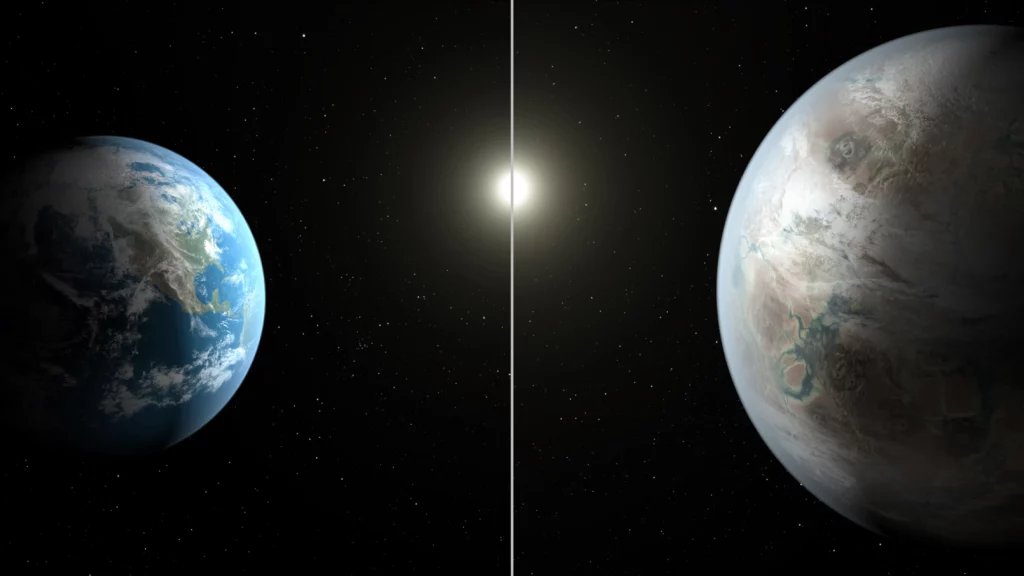Scientists say that a planet they just found about 1,200 light-years away might be a better place to live than Earth.
Scientists have come up with a new way to figure out which exoplanets (planets outside of our solar system) are most likely to have enough water and food to support life.
This knowledge will help us decide which objects to look at more closely as possible places to live.
READ MORE: A Scientist Announces Imminent Intentions To Travel Trillions Of Miles To Earth-Like Planets

A study in the Astrophysical Journal says that it does this by putting together a lot of different kinds of data, such as “transit data, stellar properties, and previously reported limits on planetary emitted flux.”
The previous method relied too much on the “Goldilocks zone,” also known as the habitable zone. This is the range of orbits around a sun where the temperature is just right for liquid water to exist.
Due to the new and improved standards, Earth has been given a rating of 0.829 for habitability.
But statistically, there is another world that would be better for living on.

NASA’s Kepler probe found Kepler-442b between 2009 and 2012. It orbits the star Kepler-442 in the Goldilocks zone, which is about 1,200 light-years from Earth.
The world is called a “super-Earth” because it has a temperature of -40 degrees and a mass and radius that are bigger than Earth’s but smaller than Uranus and Neptune.
It has a grade of 0.836, which makes it one of the more likely places to live.
READ MORE: Experts Are Worried Earth’s Core Is Leaking Because An Unknown Element Was Found In A Sample Of Lava
An important part of the paper was written by Rory Barnes from the University of Washington’s Virtual Planetary Laboratory. He talked about the new measuring index: “Basically, we’ve come up with a way to take all the observational data that are available and come up with a prioritization scheme, so that when there are hundreds of targets available, we might be able to say, ‘Okay, that’s the one we want to start with.'”
But it’s possible that our search for Earth 2.0 is not over yet.

It’s not clear if Kepler-442b is habitable because we don’t know much about its atmosphere or surface.
The paper in the Astrophysical Journal also makes it clear that a planet’s higher-than-Earth grade does not always mean it is better for life than Earth.
In other science news, it has been decided that Mars is not safe for people to live on.
After safely landing robots on Mars, NASA is still planning to send people up to join them.
But it will only be a short trip because scientists have found that no one could live on the world for more than four years because of the radiation threats they face, such as particle radiation from the Sun, faraway stars, and galaxies.
Radiant TV, offering to elevate your entertainment game! Movies, TV series, exclusive interviews, music, and more—download now on various devices, including iPhones, Androids, smart TVs, Apple TV, Fire Stick, and more.


